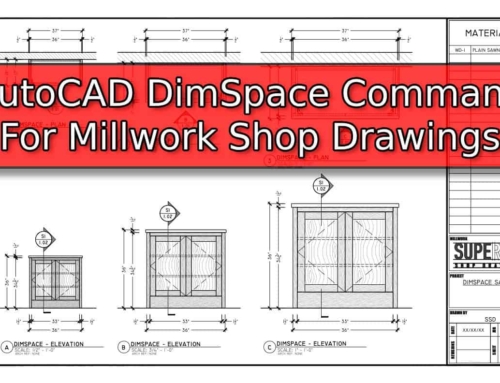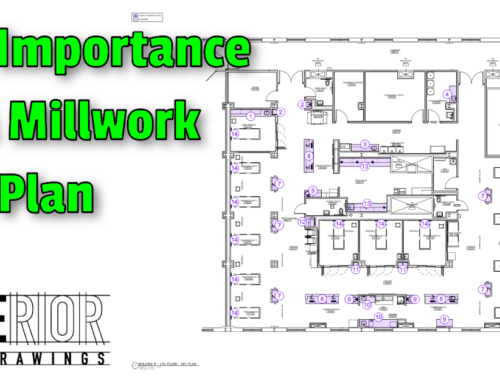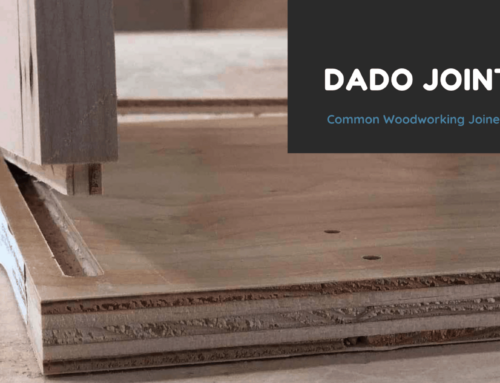
Not too long ago I received a phone call from a Custom Cabinetmaker that deals with Residential Customers. They received a phone call from a homeowner and were given a short Millwork Punch List over the phone. This was their first experience dealing with a Punch List and needed a little guidance on how to proceed.
The largest item on the Millwork Punch List was a length of Light Rail that the homeowner felt was missing. I was being asked to look over the documentation to determine if this was something that he missed or if it should be billed as a separate item. I was happy to help out and we were able to determine that the lighting was changed at some point and the light rail was in fact an added item.
It was during this phone call that I realized not everyone has experience dealing with Punch Lists. While they are common on large Commercial Projects, they aren’t something that a Custom Cabinetmaker may run into very often.
A Millwork Punch List is a document that is created towards the end of a project – when an inspection is performed. Any issues that arise during the inspection will be called out on the Millwork Punch List. Problems can range in severity from a lose piece of hardware to an incorrect finish. The project may not be closed out until all items have been addressed.
Minor Punch List Items
Minor Punch List items are those that can be quickly resolved by a visit to the job site. Often times these issues can be viewed as Finishing Touches to button up a project.
- Drawer Pull is Loose and simply needs to be tightened.
- Door is Crooked and needs to have the European Hinges adjusted
- A nail hole is visible and needs to be filled with a wax stick.
- A cabinet door is missing a bumper.
- Minor damage has occurred and a touch-up is required.
Major Punch List Items
Major Millwork Punch List items are those that require costly re-work. One example of this could be that Door or Drawer Hardware was placed in the wrong location. Fixing a hole in an elaborate 5-Piece Door can be nearly impossible without replacing it outright. Another example, and one that is far worse, is having the wrong finish on a run of cabinets. Unless they can be toned in place, removal and refinishing may be the only option.
Items of this nature may require some additional negotiation to resolve. Is the customer willing to live with the issue in exchange for a credit? If the they aren’t willing to accept the problem, you may be forced to strategize a major repair or replacement.
Missing Items
In my experience, the most problematic Millwork Punch List Items involve things that are perceived as missing. This can happen for a number of reasons.
- Architectural Drawings were revised and the Millwork Contract wasn’t updated to reflect the change.
- Something was substituted in the Millwork Scope of Work and the Customer received something they were not expecting.
- Something was misplaced on the job site.
- Something was not shipped or delivered.
- Waste wasn’t calculated properly and enough trim was not provided.
No matter the reason for the missing items, the ultimate goal is to be fair and present a solution that works for all parties. This is also a great example of why creating a detailed Millwork Scope of Work is so important – it should paint a clear picture of exactly what is being provided.
We’re Happy to Help
It is our hope that you now have a solid understanding of how a Millwork Punch List works and how to navigate it. As always, if you have any questions or would like to see another topic covered here on Superior Shop Drawings – drop us a line in the comment section below!
- Millwork Shop Drawings: Training Survey - May 5, 2024
- Optimize Your Shop Drawings: Exploring the Power of theAutoCAD DimSpace Command - December 5, 2023
- The 4 Grades of Kitchen Cabinets: What Does It All Mean? - November 28, 2023




